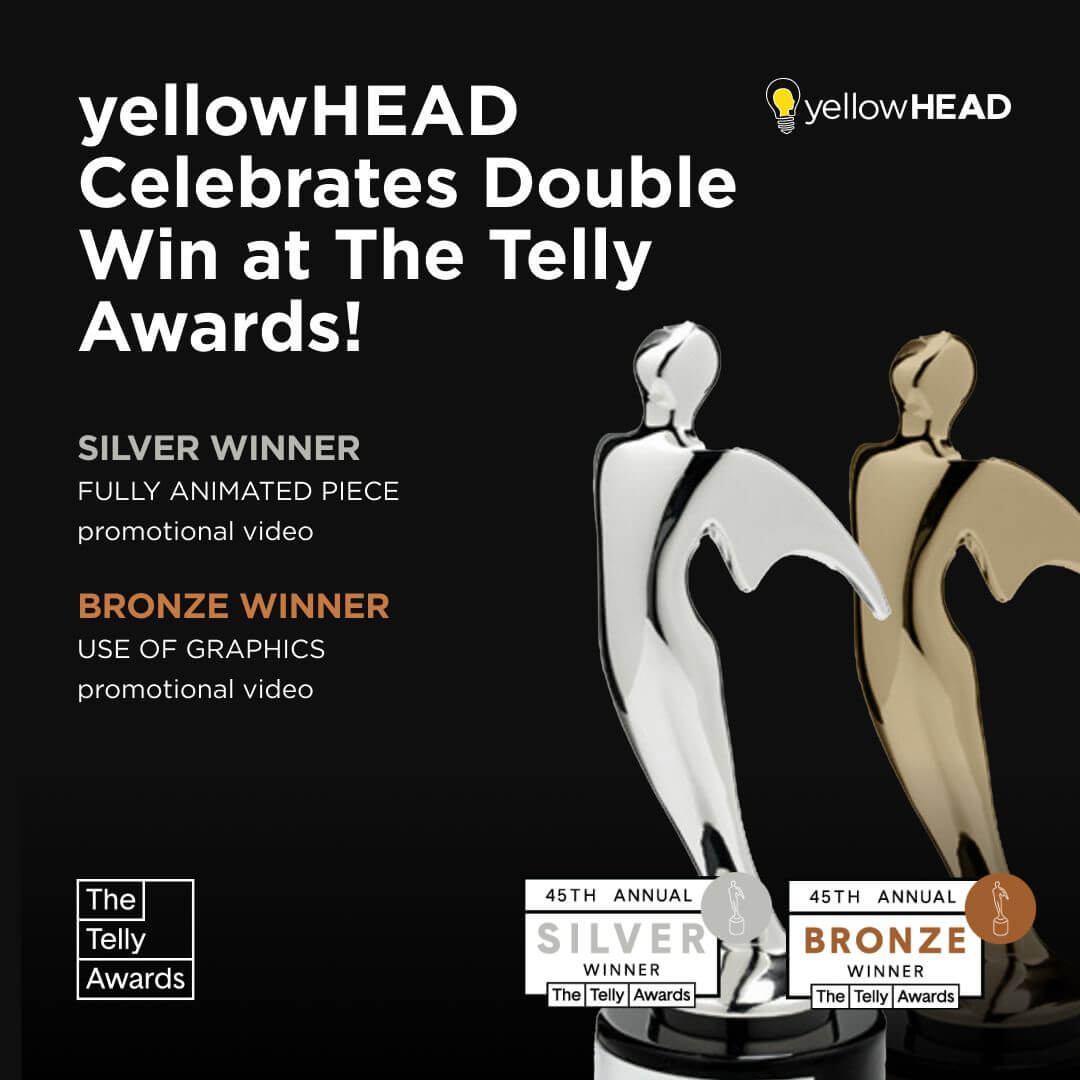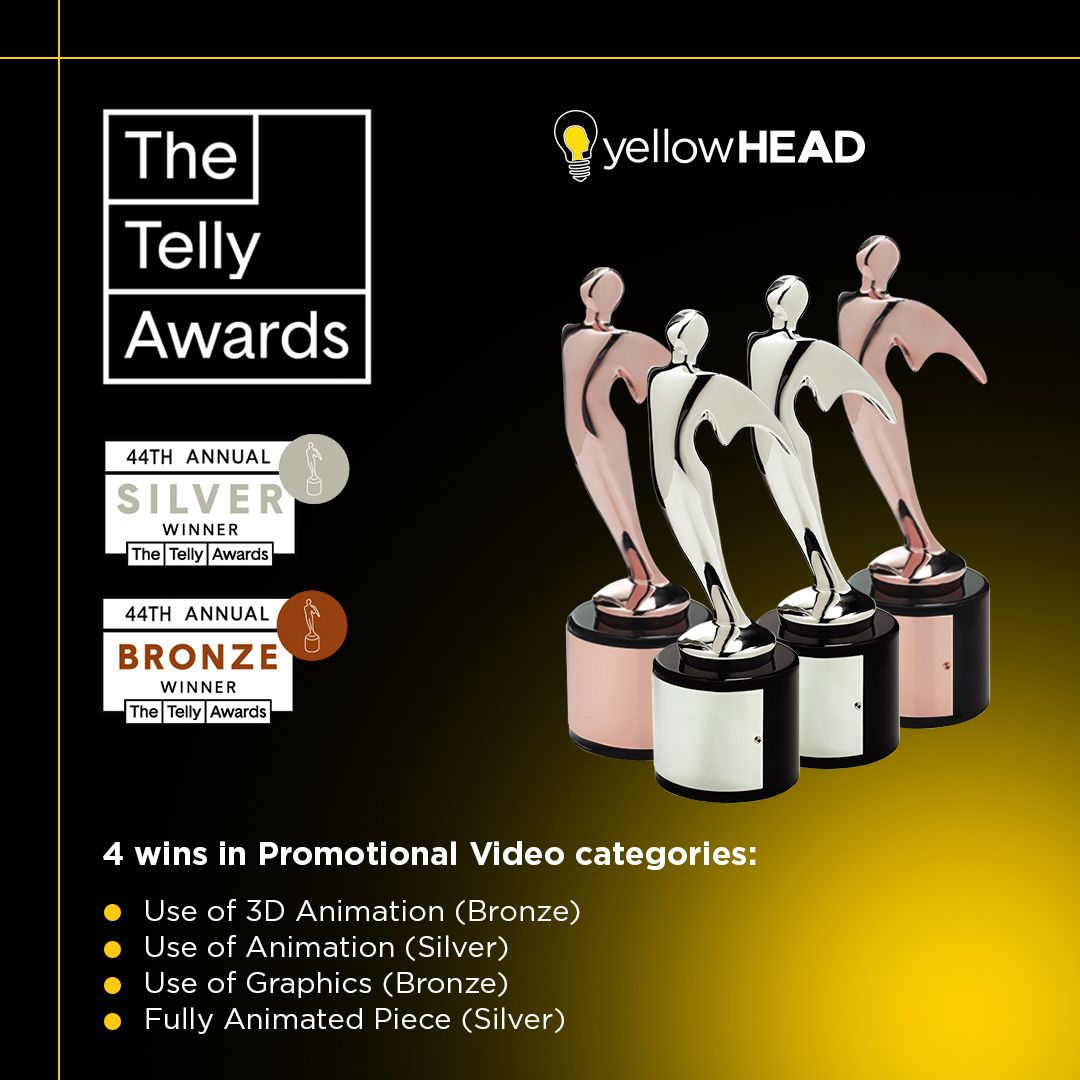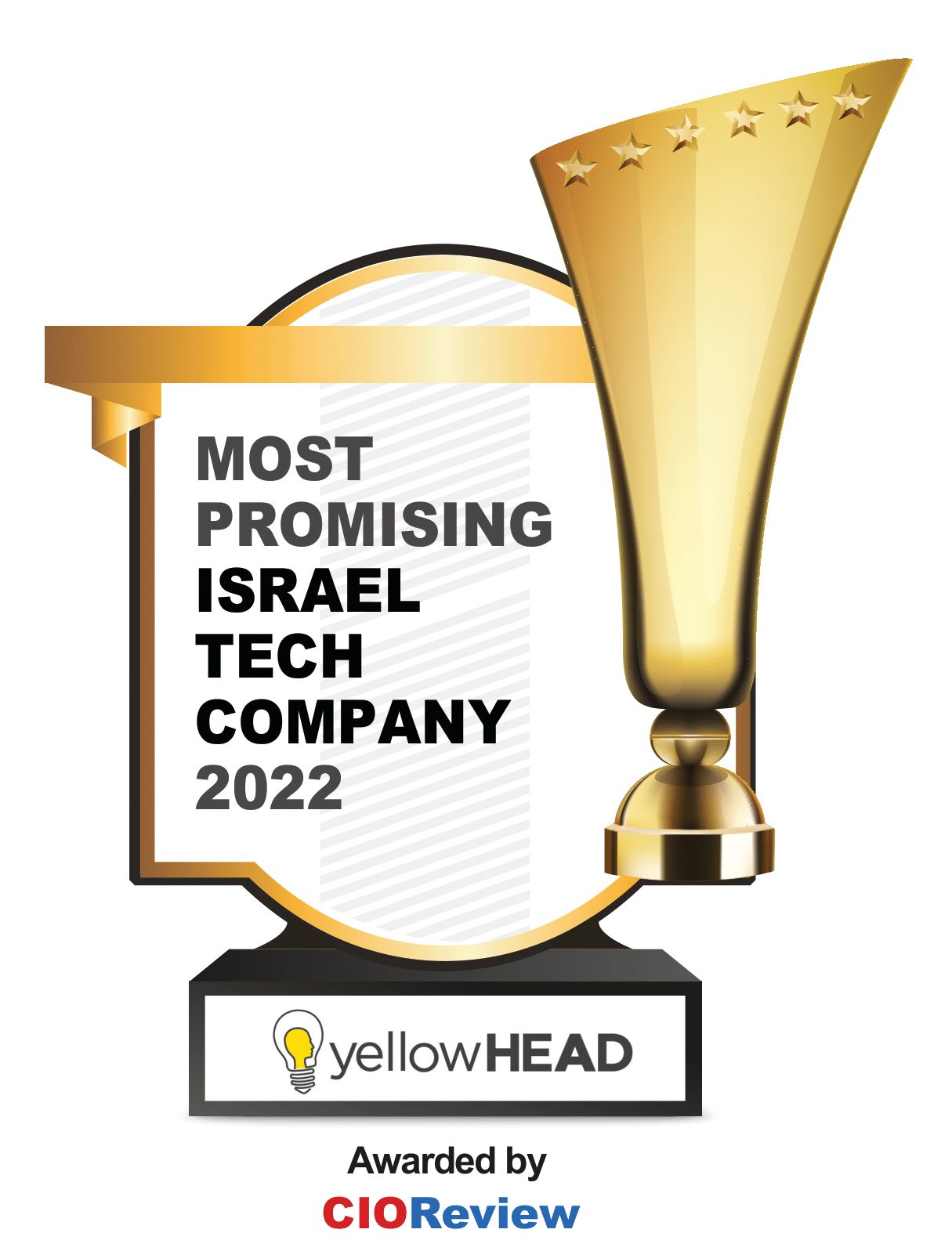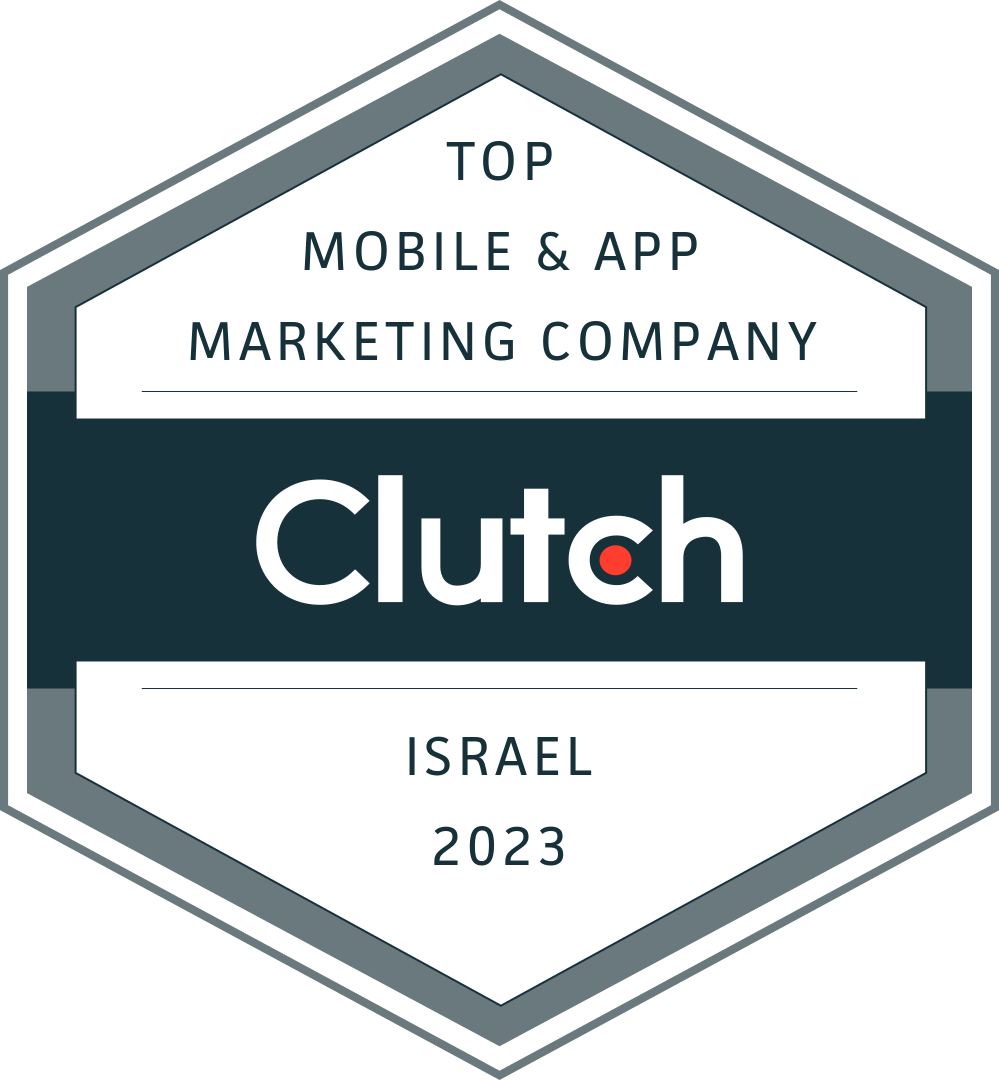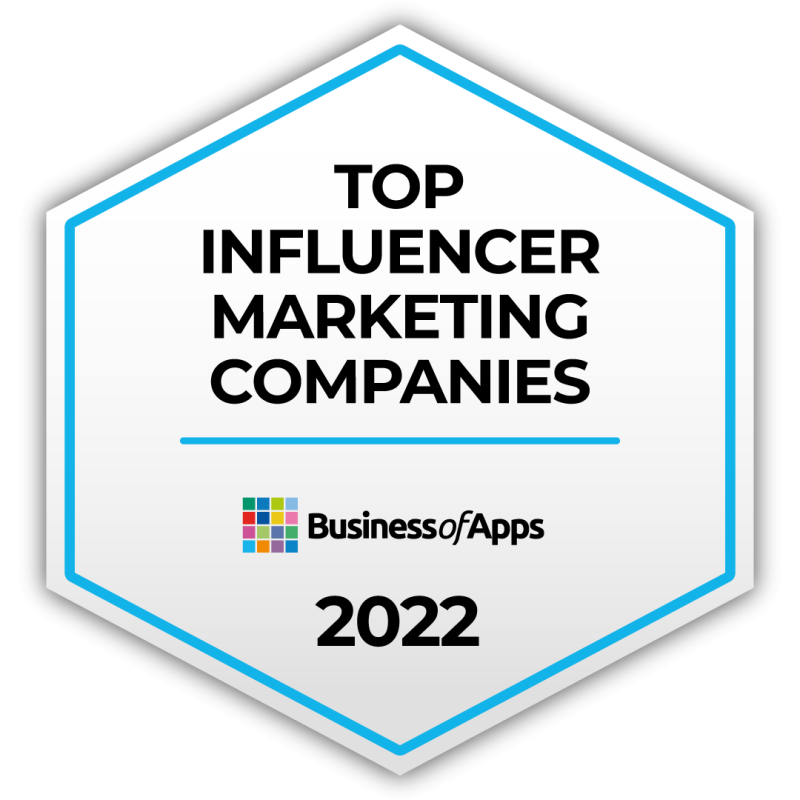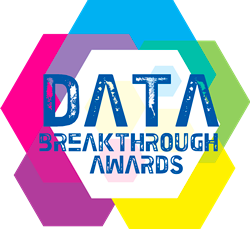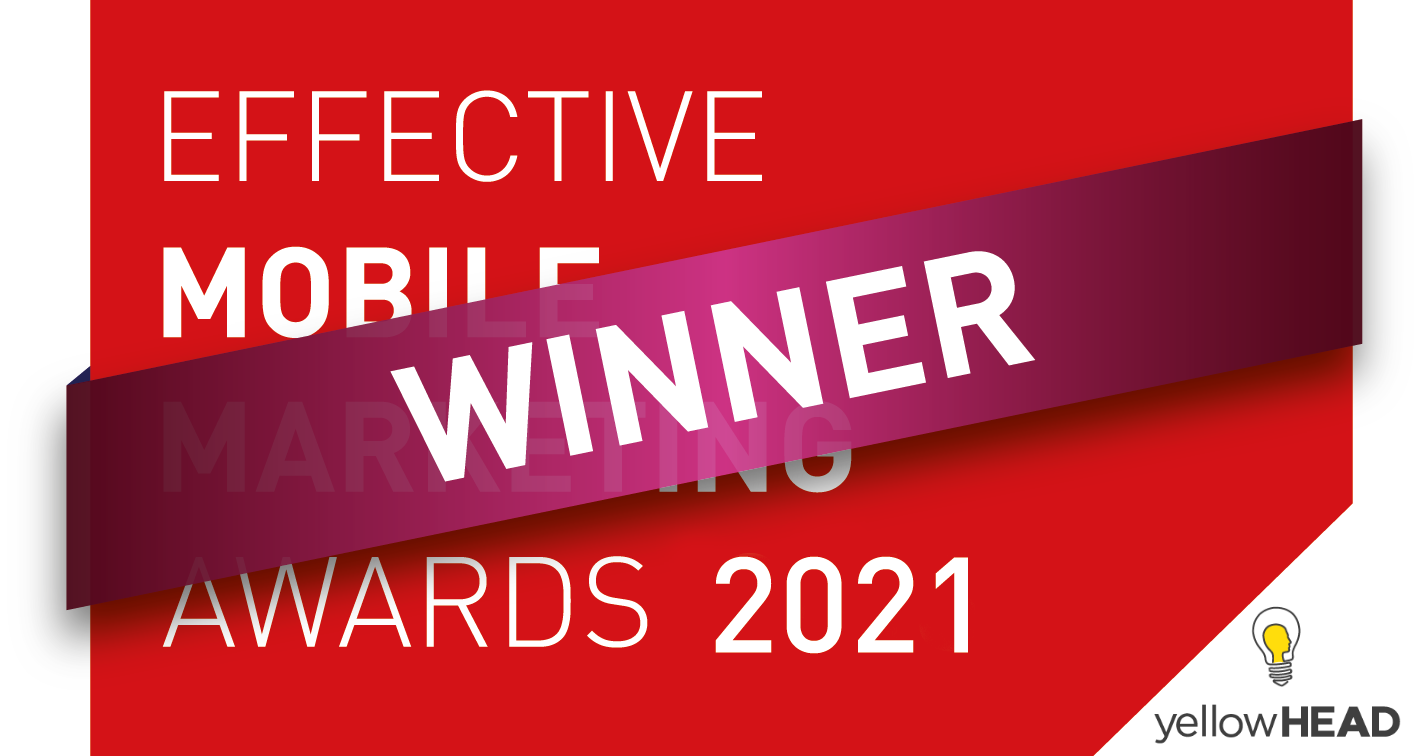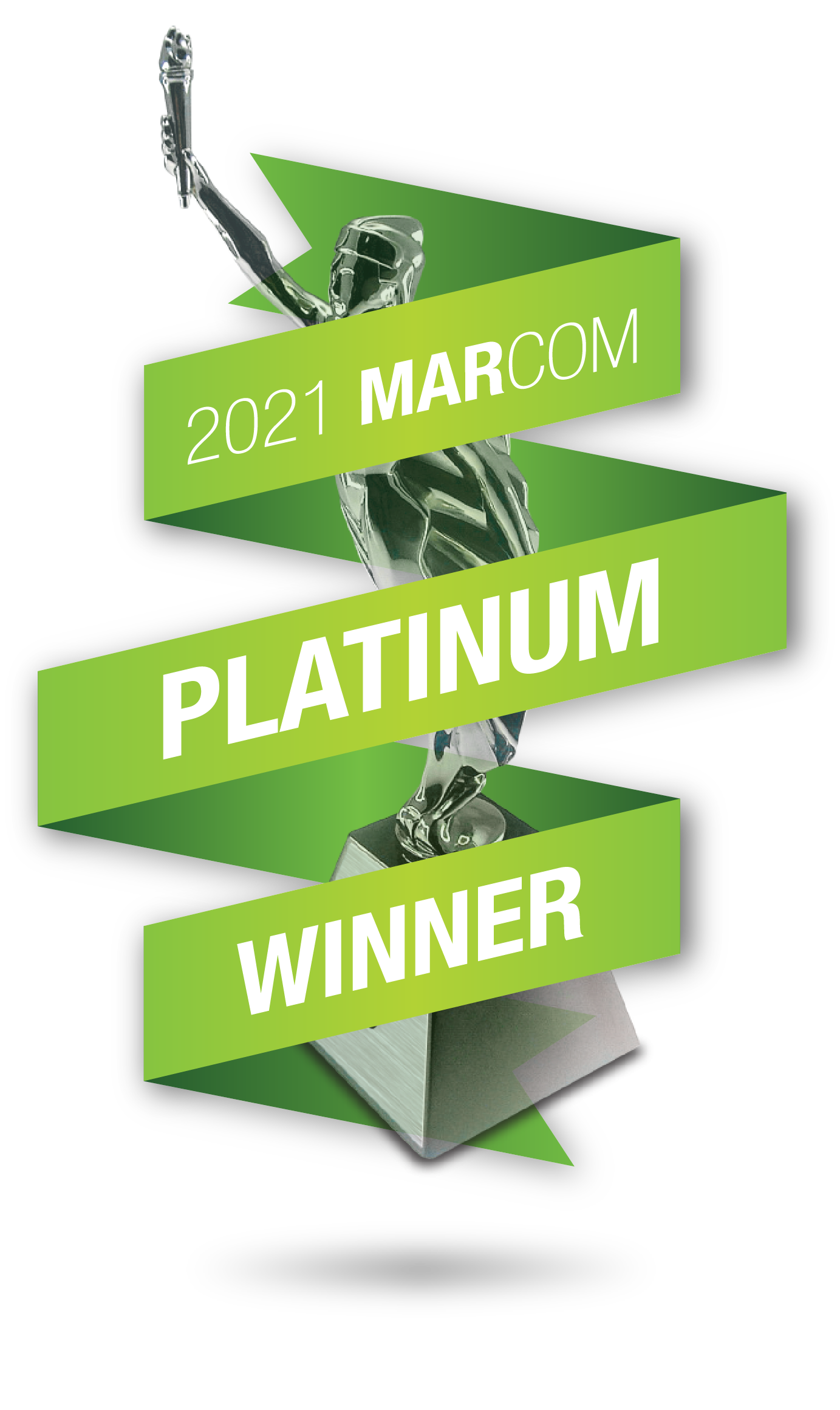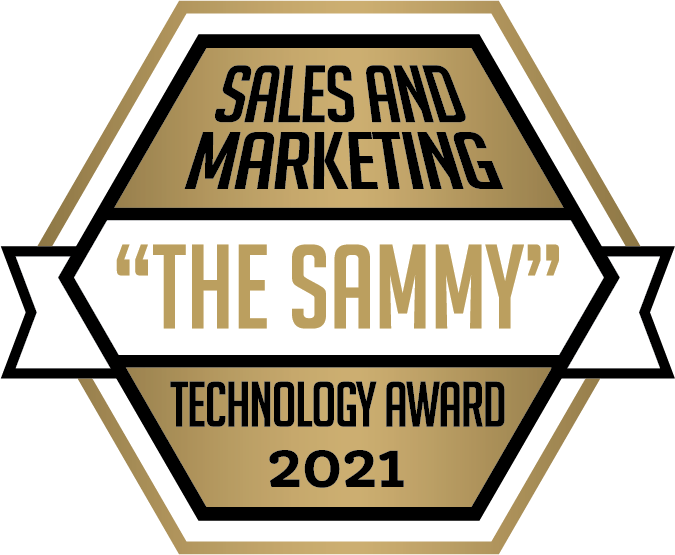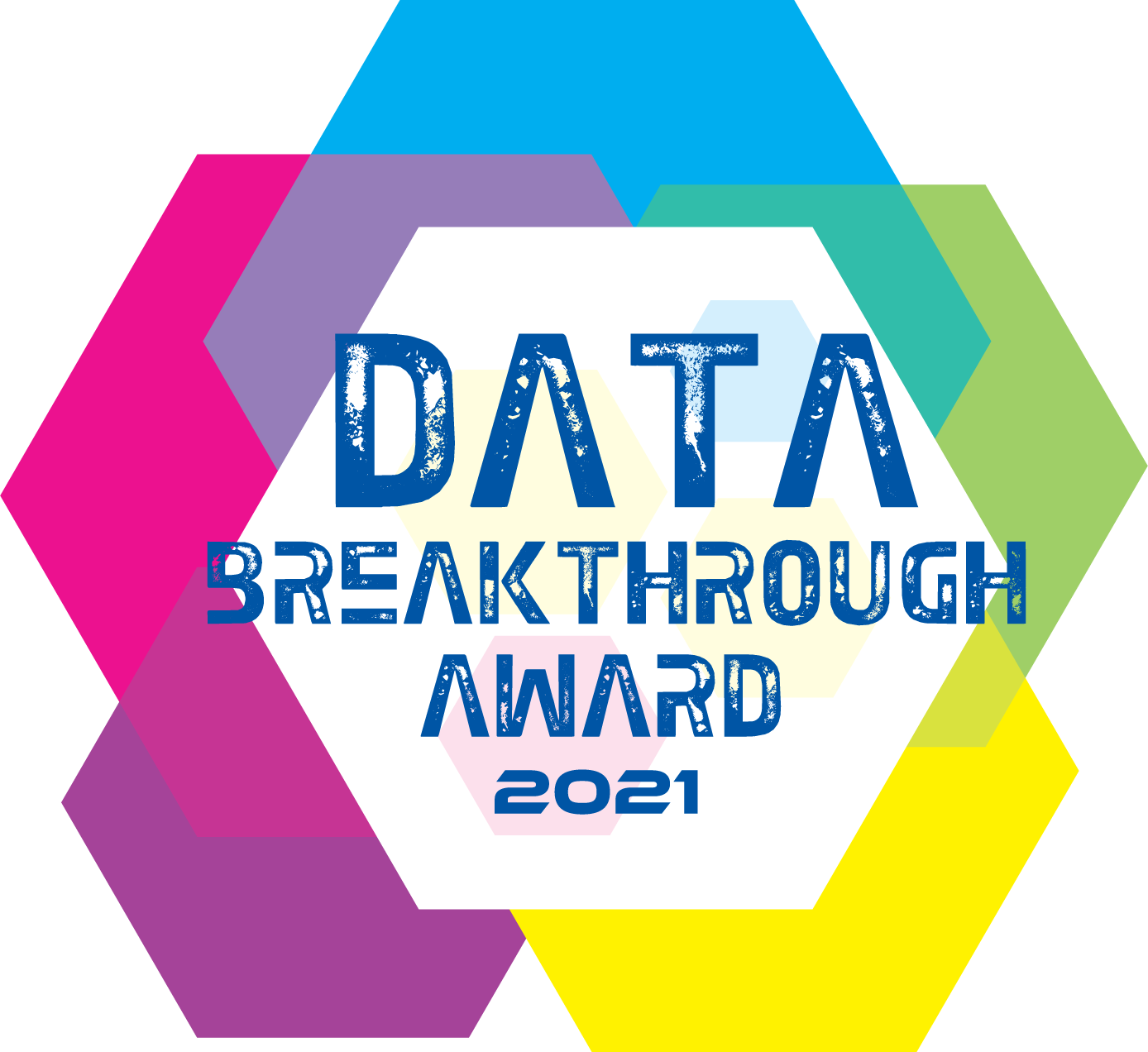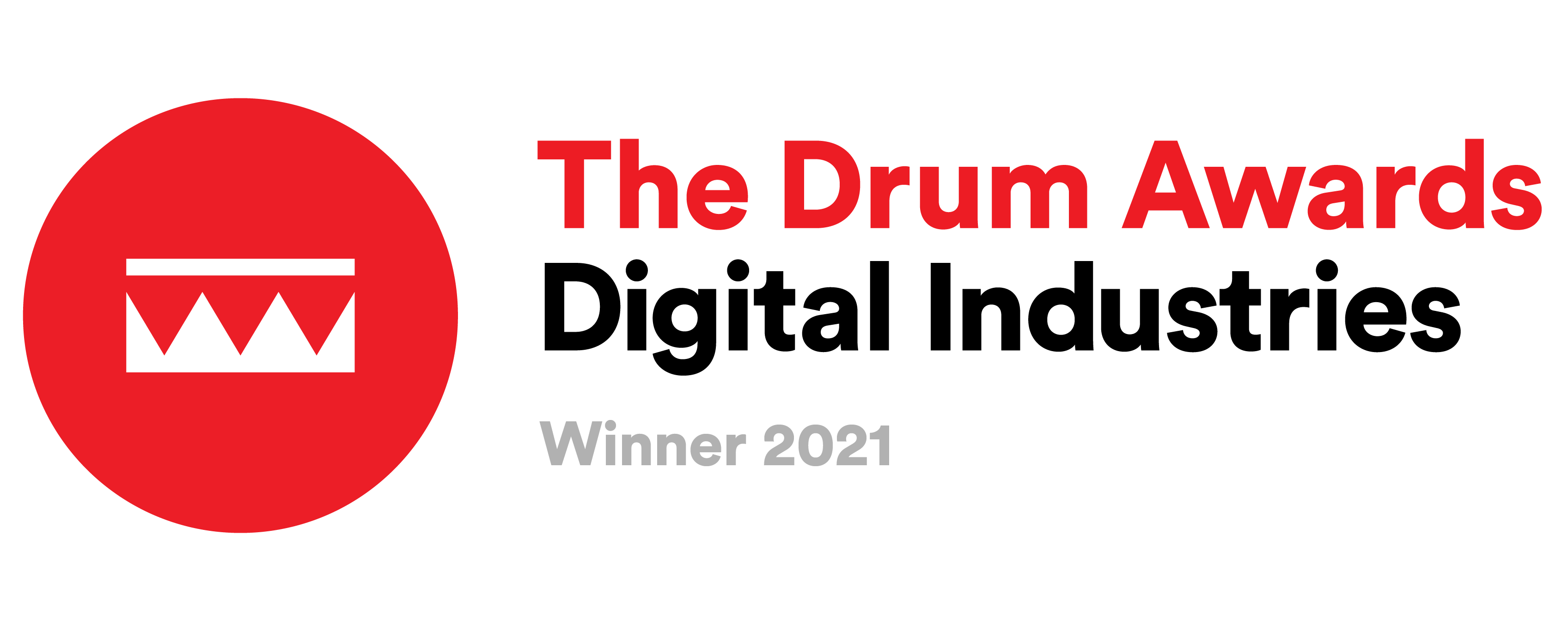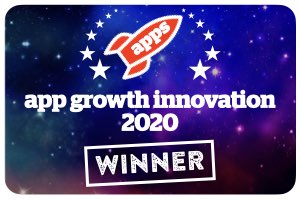How to Create Truly Binge-Worthy Content
Bingeable content keeps prospects in your sales cycle. Keep reading and learn the strategies that Netflix uses to get people hooked.

What is Binge-Worthy Content?
A single piece of content is rarely enough to close a sale. So how do you keep prospects engaged? The trick lies in making binge-worthy content that compels your reader to click onto the next article. The bingeing phenomenon has been crucial to the success of Netflix and other VoD services, but what makes content bingeable? And how can those principles be applied to digital marketing? Read on to find out.
What Makes TV Bingeable?
There’s a lot of entertainment out there these days, but what makes people spend hours on end glued to a single show? There are many factors at play, from production value to story quality, but the two most important are convenience and cliff-hangers.
Web content is typically produced by marketers to inform and entertain, but unlike TV shows, it doesn’t follow a narrative. Absent of plot, character, and storyline, how can you implement cliff-hangers in your content? The trick is to understand what the purpose and function of a cliff-hanger is.
The purpose of a cliff-hanger is obvious – to compel the audience to watch the next episode. The way it achieves this is by getting the viewer invested in the action, then leaving them with the question “What next?!” The promise of the answer to this question is what entices them to keep watching.
The second most crucial factor that makes TV bingeable is convenience. Netflix has revolutionized the online streaming experience with numerous innovations, but three distinct features stand out amongst the rest: Personalised recommendations, autoplay, and the “skip intro” button.
Curated Personalized Recommendations
Personalized recommendations are arguably the most critical element when considering how to make your content more bingeworthy. Netflix were trailblazers in this field. Even before they were a streaming platform and dealt entirely in DVD rentals by post, Netflix used information about the titles you had previously rented to make recommendations that would encourage you to keep using the service. Nowadays, in the age of big-information, this system of personalization has been taken to a new level. Netflix is a best-in-class example of how any company that produces media should make use of data.
Through a combination of demographic data (age, location, etc.), viewing history, and browsing habits, Netflix can build an uncannily accurate picture of the kind of shows likely to interest you. This information is then used to make recommendations once you have concluded watching something and on your Netflix homepage whenever you log into the service.
Increasing Content Consumption with Autoplay
When you reach the end of an episode in a series on Netflix, a little box appears in the bottom right-hand corner of the screen. Unless you click on it, the next installment in the series will play automatically after a short period. My numerous lost evenings and weekends can attest to the effectiveness of this feature. It requires less action from the user to continue watching than it does to stop. The idea is to remove as much friction as possible between the user and the content they want to view.
Interactive Content with the Skip Intro Button
The skip intro feature was a relatively recent innovation from Netflix. A tedious part of watching multiple episodes of the same show back-to-back are the intros. Most TV shows have a theme song and opening sequence, and they get old very, very quickly. Some genius at Netflix came up with a way to skip the introduction to any TV show, meaning that a common pain point for viewers was removed.
It’s unlikely that your content will have anything comparable to a TV show intro, but the takeaway from Netflix’s introduction of this feature is clear – give prospects more of what they want and less of what they don’t. The skip intro button is an excellent example of interactive content – content where the user’s actions can directly impact what happens.
How Does Traditional Marketing Work?
The numbers don’t lie, and Netflix’s numbers are pretty staggering. The platform boasts over 183 million subscribers around the world, and 15.8 million of those were added in the first quarter of 2020 alone! There’s little argument that Netflix now dominates the world of entertainment, and a lot of their success can be attributed to the bingeing phenomenon.
But how does all this apply to digital marketing? Whilst landing pages and single-piece content pages undoubtedly still have their place, many products and services could benefit from increased bingeability in their marketing materials. Ideally you want to be the first name a prospect thinks of when they have have a problem that needs fixing, or a desire that needs to be sated, and the best way to do this is to position yourself as an expert in their particular field of concern.
For millions of people around the world, Netflix is the first name they think of when deciding what entertainment they wish to consume. The reason for this is two-fold – Repeated exposure, and competency. Competency is the most important factor for any business, but it alone is not enough to guarantee success. You have to communicate this competency to prospective customers. And the best way to do this is through repeated exposure to your marketing message. If you keep your prospect coming back to your ecosystem through bingeable content, your marketing takes care of itself! But how much exposure is enough?
The Buyer Journey and Effective Frequency
How many times a consumer needs to be exposed to your marketing message before they act is known as effective frequency. The concept of “effective frequency” is controversial in marketing. There are simply too many variables in play.
It’s impossible to come up with a magic number of times your prospect has to read your message before they convert into a sale. Humans are complex creatures, and there are limitless variables involved in any purchasing decision.
It is common sense that different people will require an unusual amount of exposure to your marketing message to make their purchase. The amount and type of marketing that a person will require depends mostly on where they are in the sales cycle. If they leave your content environment before completing a sales cycle, they will need an excellent reason to return. The best way to ensure this is to make binge-worthy content, specific to each step of your sales cycle. This way, your readers will be confident in your content hub’s authority and your ability to answer their burning questions.
Content Marketing vs. Bingeable Netflix: How to Make Content More Engaging?
As we have seen, the two most essential elements required to make your content more bingeable are the “what’s next” question, and the ease of continued access to relevant content.
It’s unlikely your prospect will know what content they want to view next until they see it, so the question becomes how to present them with the articles or content most likely to interest them.
Make It Easy by Predicting User Intent
In the past, most websites have relied on the user to do the work. People would have to scour through a plethora of categories of content listed on a website to find the next thing that interested them. This approach lacks the “convenience” aspect required for binge-worthy content. Besides, relying on the customer to find the following article needs them to know what they are looking for in advance. This typically isn’t the case.
The best way to keep your reader in your content ecosystem is to make it easy for them to find additional material relevant to their needs. A simple but incredibly effective way to do this is to link inside the body of the text with hyperlinks to other related content. The trick lies in comprehending what your audience will want to know more about. It should be reasonably easy to understand the broad strokes through Google trends or keyword search tools. Even Google’s autocomplete function can be a help to providing critical insights into how your potential customers think, and what questions they may need answers to.
Captivate Audiences with Quality Production Value
Production value is normally considered regarding video content. There are indeed many, equally important considerations when making a video, and all of them can affect how bingeable that content is.
If you’re looking for some marketing videos to binge, check out our ASKyH segment! ?
Consumers are used to professional, smooth looking videos, and anything that deviates from this can be jarring and cause them to view your brand negatively.
Production value isn’t just limited to video, however. It applies to all forms of content, including the written word.
Hiring a professional writer is the best way to make sure your content has the highest production value possible. A professional writer is unlikely to produce grammatical errors, typos, or just poor writing that can negatively affect the perception of your brand, product, or service.
Bingeable Content in Relation to the Sales Cycle
Any number of sales cycles exist in marketing parlance today, but they all follow the same basic pattern – Attention, Interest, Desire, Action. The type of information that a person will seek depends principally on where they are in the sales cycle. This is where empathy comes in.
A good approach is to imagine a persona for each stage of your sales cycle. Put yourself in this person’s shoes – what questions or pain points are they likely to need addressing? What tactics can be used to move them to the next step of your sales cycle? Thinking about and answering these questions will enable you to create more personalized content and improve the cross-links between them.
People want their questions answered immediately. Suppose a piece of content throws up questions, and the answers to those questions aren’t directly accessible. You can bet your bottom dollar they will navigate to a popular search engine in a heartbeat. That’s not what we want.
Another factor worth paying attention to is the importance of novelty. Novelty, or experiencing something new, is crucial in keeping a person’s interest. One way of introducing variety is to link to different types of content. Video, text, infographics, and articles all have their place, and their individual effects can be modulated by intelligently cross-linking various forms of media.
Speak to Your Viewers with Personalized Content
What’s the best way to make sure your prospects get more of what they want and less of what they don’t? We can look at Netflix’s impressive personalization system described earlier for inspiration.
As I outlined earlier, Netflix’s innovative use of data to create dynamic content personalization has been integral to its market dominance. Content personalization can be applied to any form of media, from blog posts to podcasts, and there are a wide range of AI-powered tools out there to help you with this. Whichever platform you choose, the basic idea is to point your prospects towards the content that is most likely to keep them engaged and coming back for more. The exact content that gets displayed depends on a range of factors and will be different for each reader. Links to this content can be displayed in a sidebar of customized content suggestions and a “next article” prompt at the end of each page.
In this blog, for example, you can find suggested related articles in the sidebar. If you’re interested in making your content binge-worthy, you may also be interested getting it found easily on Google. You may also be interested in recent digital marketing trends.
The articles can be organized into lists manually by a marketer, but a more effective approach is to emulate Netflix’s use of big datasets and AI.
Artificially curated lists can be based on the relationship between articles, how people have consumed your content in the past, and more personalized information specific to the individual prospects. Listing these articles in a sidebar provides an easy way for potential customers to navigate through the sales cycle on their own.
Binge Marketing – The Takeaways
The most important aspect of creating bingeable content is how meaningful it is to your prospective customers. You should have a thorough understanding of their interests and needs and how those relate to your product or service. Your content should aim to provide value above all else. After all, why on earth would someone want to keep consuming content that didn’t enhance their life in some way?
The next important step is to leave the prospect asking, “what’s next?” In video content, this can be achieved with a traditional cliff-hanger ending, or a brief outline of what the next installment will cover. In written content, you can leave little suggestions about what a prospect might want to read next in order to keep them moving through the buyer journey.
The final step to making your content more binge-worthy is to make customized content suggestions. This can be achieved with manually curated lists, but a more efficient and effective route is to use an AI-powered interactive content layer to keep your prospect moving through the content journey and increase brand retention.




